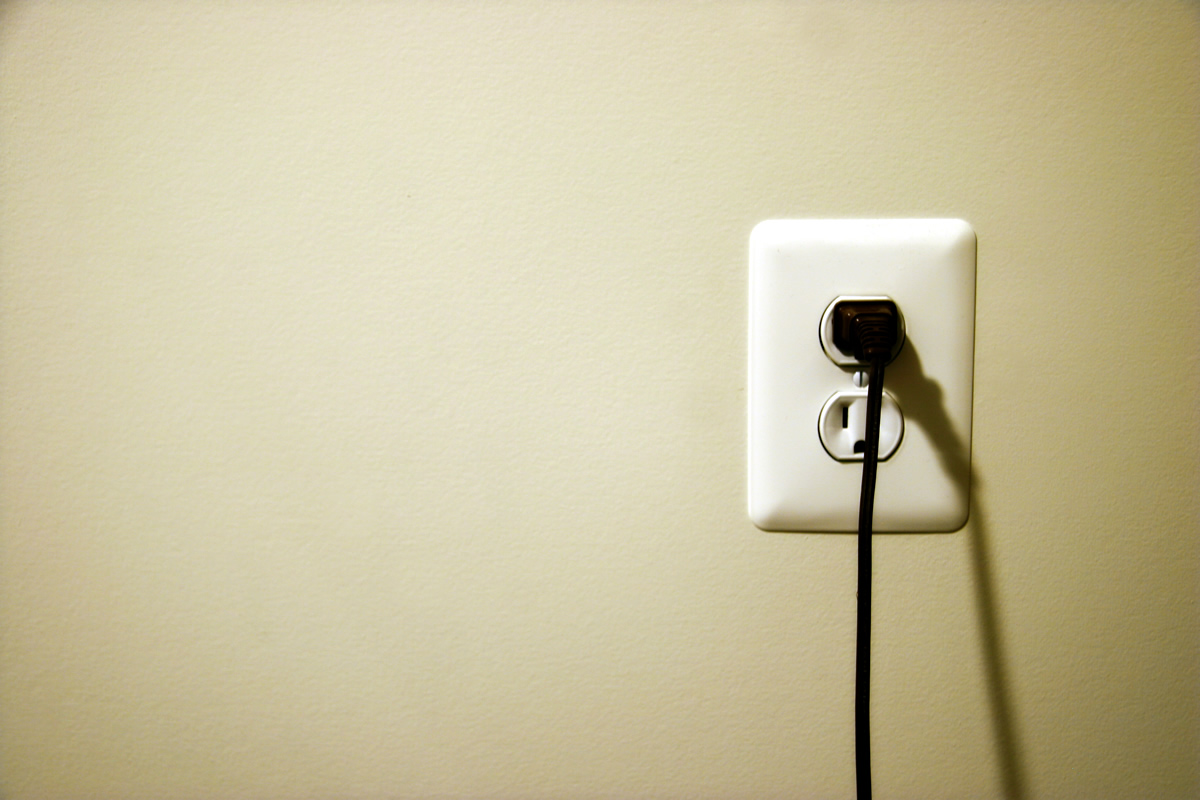Five tips for using household appliances more efficiently

Small changes to how you use household appliances can add up to big results overtime (Photo by Aaron Beall).
When you get your monthly electricity bill, do you ever wonder which appliances consume the most power?
The U.S. Department of Energy reports that major appliances in your home account for 13 percent of household energy costs. Our homes are a hub of activity for some energy-hungry appliances. Your refrigerator, clothes dryer and water heater use most of the electricity, according to this list.
There are many ways to lower your electricity bill and enhance your quality of life. This week, we’ve put together five tips for using appliances efficiently.
Energy-Saving Tips for Appliances:
- Is your refrigerator too cold? Cut energy use in your refrigerator and freezer by adjusting the temperature settings. Keep refrigerator temperatures at 35 to 38 degrees Fahrenheit (F), and freezer temperatures at 0 to 5 degrees. Adjusting the temperature levels 10 degrees lower than the recommended level can increase energy use by 25 percent.
- Small laundry loads waste energy and water. Wash and dry only full loads, and use lower temperature settings. According to Consumer Reports, doing laundry in cold water can save you $60 annually.
- Save up to 5 percent on water heating costs by changing the water heater thermostat to 120 degrees to get comfortable hot water for most household uses. Learn more water heating tips from our previous post.
- Using the same principle as the clothes washer, always wash full loads on the dishwasher. Use less water and energy by running the dishwasher once in the evening. Whether it’s half-full or completely full, the dishwasher uses the same amount of water for every use.
- Don’t pay for phantom electricity. Even when they’re off, televisions, phone chargers and hair dryers that are plugged-in are still using energy. Before you leave the house, take the time to unplug all electronics that are in standby mode.
Lastly, when it’s time to shop for new appliances, look for products with the ENERGY STAR and EnergyGuide labels for long-term savings.
You can also get innovative financing for energy efficiency improvements to your home through our Be SMART Home Loan program, which covers appliance replacement and upgrades. Be SMART offers flexible financing of up to $25,000 for eligible homeowners.
We hope you put these simple energy tips into action. For more ways on how to save energy, visit the U.S. Department of Energy‘s website.
We’ll regularly share a new topic so don’t forget to subscribe to our blog!
